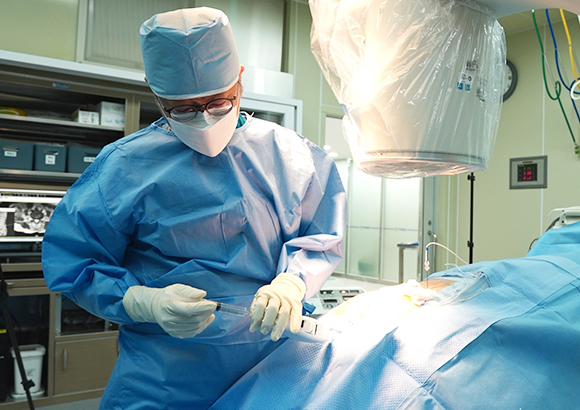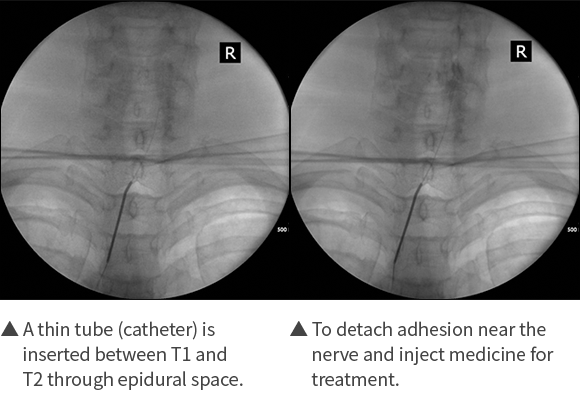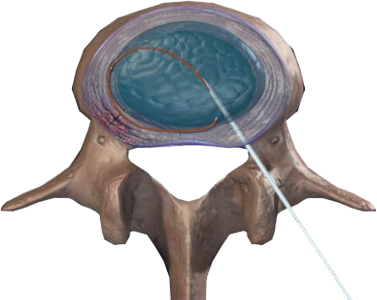You can be accurately diagnosed by a thorough examination using advanced equipment and consultation by experienced doctors of Wooridul Spine Hospital.
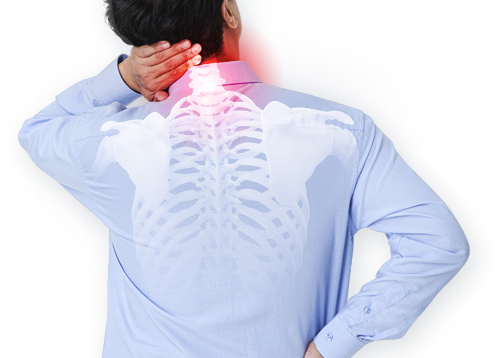
Neurosurgically your Neck Pain
is caused by various diseases such as Sprain, Disc Bulging/Herniation, Cervical Stenosis, Foraminal Stenosis, OPLL, Tumor, etc.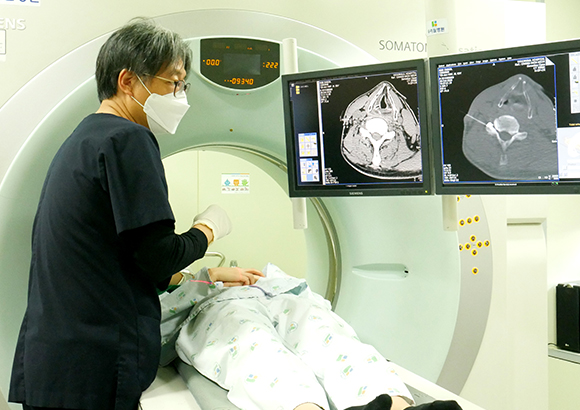
Safe injection therapy using high-resolution CT equipment that clearly shows the cross-section of the vertebrae and information on nerves and blood vessels.
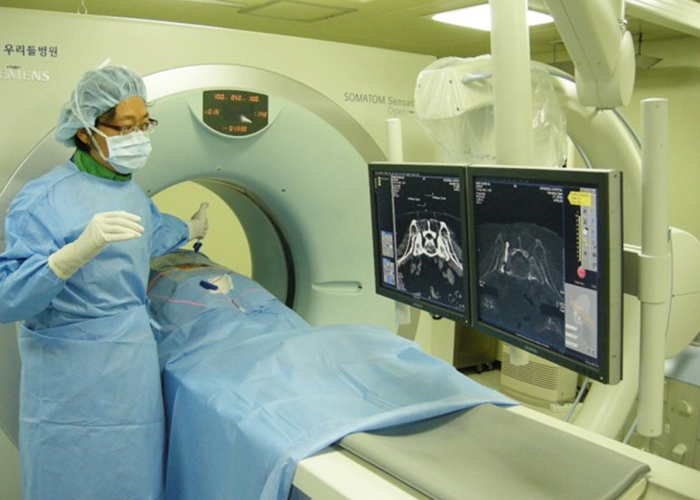
The treatment method introduced for the first time in Korea by the doctor of Wooridul Spine Hospital
CT-image Guided Spine Micro-Therapy
It is a non-surgical pain treatment that does not require an incision to the spinal nerves, discs, ligaments or joints surrounding the nerves.